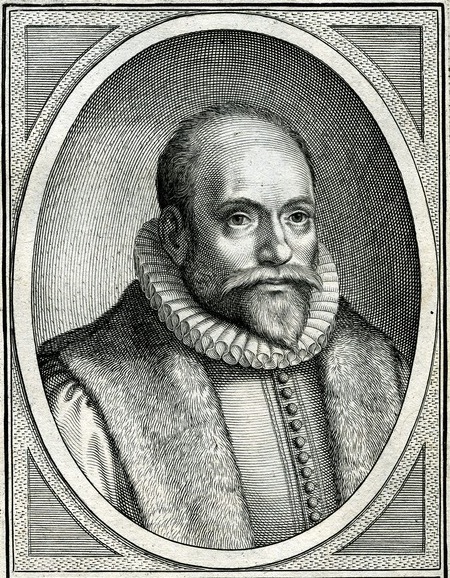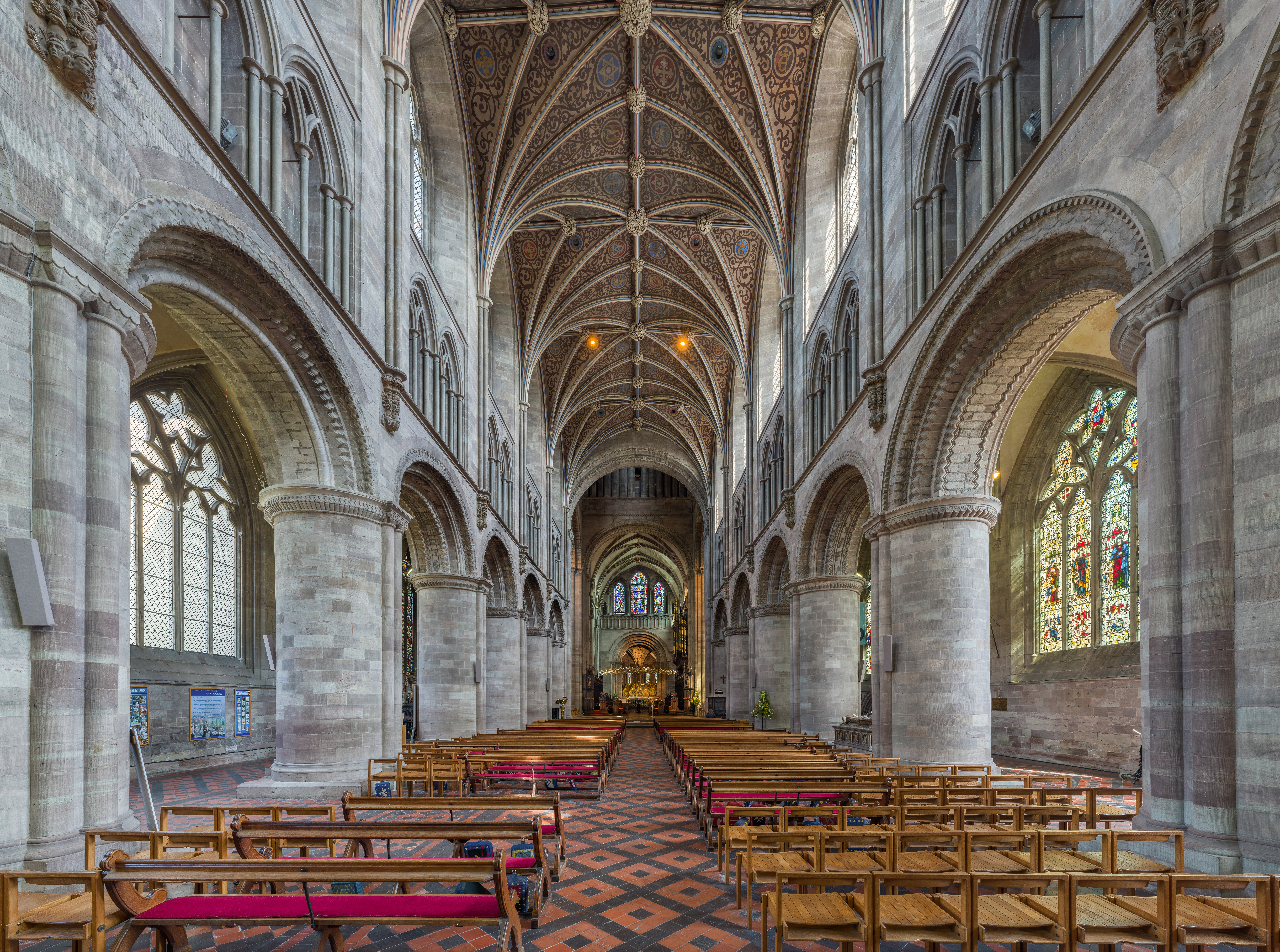|
Tilton On The Hill
Tilton on the Hill is a village and (as just Tilton) a former civil parish, now in the parish of Tilton on the Hill and Halstead in the Harborough district of Leicestershire. The population of the civil parish of Tilton on the Hill and Halstead at the 2011 census was 601. It lies 2 miles north of the A47, on the B6047 to Melton Mowbray. Halstead civil parish () was merged with Tilton on 1 April 1935, while the deserted medieval village of Whatborough () was merged in on 1 April 1994. Marefield remains a separate civil parish, but is part of the Tilton Electoral Ward. In 1931 the parish of Tilton (prior to the merges) had a population of 152. St Peter's Tilton, the Parish Church is in the parish of Halstead, as is the vicarage. Tilton on the Hill is one of the highest places in East Leicestershire at above sea level, with the Mill House standing at the highest point. Whatborough is the highest summit in the eastern half of the county. The centre of the village was des ... [...More Info...] [...Related Items...] OR: [Wikipedia] [Google] [Baidu] |
Tilton On The Hill And Halstead
Tilton may refer to: __NOTOC__ People and fictonal characters * Tilton (surname), a list of people and fictional characters with the surname * Tilton E. Doolittle (1825–1896), American attorney and politician * Alice Tilton, a pen name of Phoebe Atwood Taylor (1909–1976), American mystery author Places United States * Tilton, Illinois, a village * Tilton, Iowa, an unincorporated community * Tilton, Kentucky, an unincorporated community * Tilton, New Hampshire,a town * Tilton River, Washington, United States * Fort Tilton, a fortification built in 1856 near what is now Fall City, Washington Elsewhere * Tilton, Newfoundland and Labrador, Canada, a community * Tilton, a former civil parish in Harborough, Leicestershire, England - see Tilton on the Hill Other uses * Tilton School Tilton School is an independent, coeducational, college-preparatory school in Tilton, New Hampshire, serving students from 9th to 12th grade and postgraduate students. Founded in 1845, Tilt ... [...More Info...] [...Related Items...] OR: [Wikipedia] [Google] [Baidu] |
Tilton Railway Station
Tilton railway station was a railway station serving the village of Tilton on the Hill, in Leicestershire, England. on the Great Northern and London and North Western Joint Railway The Great Northern and London and North Western Joint Railway was a British railway line, almost entirely within Leicestershire. Authorised by the same Act of Parliament, the Great Northern Railway Leicester Branch was built, branching from the .... It opened in 1879 and closed in 1953. To the north of the station was Marefield Junction. References {{coord, 52.6436, -0.8769, type:railwaystation_region:GB, display=title Disused railway stations in Leicestershire Railway stations in Great Britain opened in 1879 Railway stations in Great Britain closed in 1953 Former Great Northern Railway stations Former London and North Western Railway stations ... [...More Info...] [...Related Items...] OR: [Wikipedia] [Google] [Baidu] |
Iron Age
The Iron Age is the final epoch of the three-age division of the prehistory and protohistory of humanity. It was preceded by the Stone Age (Paleolithic, Mesolithic, Neolithic) and the Bronze Age (Chalcolithic). The concept has been mostly applied to Iron Age Europe and the Ancient Near East, but also, by analogy, to other parts of the Old World. The duration of the Iron Age varies depending on the region under consideration. It is defined by archaeological convention. The "Iron Age" begins locally when the production of iron or steel has advanced to the point where iron tools and weapons replace their bronze equivalents in common use. In the Ancient Near East, this transition took place in the wake of the Bronze Age collapse, in the 12th century BC. The technology soon spread throughout the Mediterranean Basin region and to South Asia ( Iron Age in India) between the 12th and 11th century BC. Its further spread to Central Asia, Eastern Europe, and Central Europe is somewhat ... [...More Info...] [...Related Items...] OR: [Wikipedia] [Google] [Baidu] |
Tilton Moated Site, East Side
Tilton may refer to: __NOTOC__ People and fictonal characters * Tilton (surname), a list of people and fictional characters with the surname * Tilton E. Doolittle (1825–1896), American attorney and politician * Alice Tilton, a pen name of Phoebe Atwood Taylor (1909–1976), American mystery author Places United States * Tilton, Illinois, a village * Tilton, Iowa, an unincorporated community * Tilton, Kentucky, an unincorporated community * Tilton, New Hampshire,a town * Tilton River, Washington, United States * Fort Tilton, a fortification built in 1856 near what is now Fall City, Washington Elsewhere * Tilton, Newfoundland and Labrador, Canada, a community * Tilton, a former civil parish in Harborough, Leicestershire, England - see Tilton on the Hill Other uses * Tilton School Tilton School is an independent, coeducational, college-preparatory school in Tilton, New Hampshire, serving students from 9th to 12th grade and postgraduate students. Founded in 1845, Tilt ... [...More Info...] [...Related Items...] OR: [Wikipedia] [Google] [Baidu] |
Scheduled Monument
In the United Kingdom, a scheduled monument is a nationally important archaeological site or historic building, given protection against unauthorised change. The various pieces of legislation that legally protect heritage assets from damage and destruction are grouped under the term "designation." The protection provided to scheduled monuments is given under the Ancient Monuments and Archaeological Areas Act 1979, which is a different law from that used for listed buildings (which fall within the town and country planning system). A heritage asset is a part of the historic environment that is valued because of its historic, archaeological, architectural or artistic interest. Only some of these are judged to be important enough to have extra legal protection through designation. There are about 20,000 scheduled monuments in England representing about 37,000 heritage assets. Of the tens of thousands of scheduled monuments in the UK, most are inconspicuous archaeological sites, but ... [...More Info...] [...Related Items...] OR: [Wikipedia] [Google] [Baidu] |
Methodist Church Of Great Britain
The Methodist Church of Great Britain is a Protestant Christian denomination in Britain, and the mother church to Methodists worldwide. It participates in the World Methodist Council, and the World Council of Churches among other ecumenical associations. Methodism began primarily through the work of John Wesley (1703–1791), who led an evangelical revival in 18th-century Britain. An Anglican priest, Wesley adopted unconventional and controversial practices, such as open-air preaching, to reach factory labourers and newly urbanised masses uprooted from their traditional village culture at the start of the Industrial Revolution. His preaching centred upon the universality of God's grace for all, the transforming effect of faith on character, and the possibility of perfection in love during this life. He organised the new converts locally and in a "Connexion" across Britain. Following Wesley's death, the Methodist revival became a separate church and ordained its own ministers; ... [...More Info...] [...Related Items...] OR: [Wikipedia] [Google] [Baidu] |
Wesleyanism
Wesleyan theology, otherwise known as Wesleyan–Arminianism, Arminian theology, or Methodist theology, is a Christian theology, theological tradition in Protestant Christianity based upon the Christian ministry, ministry of the 18th-century evangelical reformer brothers John Wesley and Charles Wesley. More broadly it refers to the theological system inferred from the various sermons (e.g. the Forty-four Sermons), theological treatises, letters, journals, diaries, hymns, and other spiritual writings of the Wesleys and their contemporary coadjutors such as John William Fletcher. In 1736, the Wesley brothers travelled to the Georgia colony in America as Christian missionaries; they left rather disheartened at what they saw. Both of them subsequently had "religious experiences", especially John in 1738, being greatly influenced by the Moravian Church, Moravian Christians. They began to organize a renewal movement within the Church of England to focus on personal faith and holiness. ... [...More Info...] [...Related Items...] OR: [Wikipedia] [Google] [Baidu] |
World War I
World War I (28 July 1914 11 November 1918), often abbreviated as WWI, was List of wars and anthropogenic disasters by death toll, one of the deadliest global conflicts in history. Belligerents included much of Europe, the Russian Empire, the United States, and the Ottoman Empire, with fighting occurring throughout Europe, the Middle East, Africa, the Pacific Ocean, Pacific, and parts of Asia. An estimated 9 million soldiers were killed in combat, plus another 23 million wounded, while 5 million civilians died as a result of military action, hunger, and disease. Millions more died in Genocides in history (World War I through World War II), genocides within the Ottoman Empire and in the Spanish flu, 1918 influenza pandemic, which was exacerbated by the movement of combatants during the war. Prior to 1914, the European great powers were divided between the Triple Entente (comprising French Third Republic, France, Russia, and British Empire, Britain) and the Triple A ... [...More Info...] [...Related Items...] OR: [Wikipedia] [Google] [Baidu] |
Domesday Book
Domesday Book () – the Middle English spelling of "Doomsday Book" – is a manuscript record of the "Great Survey" of much of England and parts of Wales completed in 1086 by order of King William I, known as William the Conqueror. The manuscript was originally known by the Latin name ''Liber de Wintonia'', meaning "Book of Winchester", where it was originally kept in the royal treasury. The '' Anglo-Saxon Chronicle'' states that in 1085 the king sent his agents to survey every shire in England, to list his holdings and dues owed to him. Written in Medieval Latin, it was highly abbreviated and included some vernacular native terms without Latin equivalents. The survey's main purpose was to record the annual value of every piece of landed property to its lord, and the resources in land, manpower, and livestock from which the value derived. The name "Domesday Book" came into use in the 12th century. Richard FitzNeal wrote in the '' Dialogus de Scaccario'' ( 1179) that the bo ... [...More Info...] [...Related Items...] OR: [Wikipedia] [Google] [Baidu] |
Methodist
Methodism, also called the Methodist movement, is a group of historically related Christian denomination, denominations of Protestantism, Protestant Christianity whose origins, doctrine and practice derive from the life and teachings of John Wesley. George Whitefield and John's brother Charles Wesley were also significant early leaders in the movement. They were named ''Methodists'' for "the methodical way in which they carried out their Christian faith". Methodism originated as a Christian revival, revival movement within the 18th-century Church of England and became a separate denomination after Wesley's death. The movement spread throughout the British Empire, the United States, and beyond because of vigorous Christian mission, missionary work, today claiming approximately 80 million adherents worldwide. Wesleyan theology, which is upheld by the Methodist churches, focuses on sanctification and the transforming effect of faith on the character of a Christians, Christian ... [...More Info...] [...Related Items...] OR: [Wikipedia] [Google] [Baidu] |
Church Of England
The Church of England (C of E) is the established Christian church in England and the mother church of the international Anglican Communion. It traces its history to the Christian church recorded as existing in the Roman province of Britain by the 3rd century and to the 6th-century Gregorian mission to Kent led by Augustine of Canterbury. The English church renounced papal authority in 1534 when Henry VIII of England, Henry VIII failed to secure a papal annulment of his marriage to Catherine of Aragon. The English Reformation accelerated under Edward VI of England, Edward VI's regents, before a brief Second Statute of Repeal, restoration of papal authority under Mary I of England, Queen Mary I and Philip II of Spain, King Philip. The Act of Supremacy 1558 renewed the breach, and the Elizabethan Settlement charted a course enabling the English church to describe itself as both English Reformation, Reformed and Catholicity, Catholic. In the earlier phase of the Eng ... [...More Info...] [...Related Items...] OR: [Wikipedia] [Google] [Baidu] |






.jpg)
